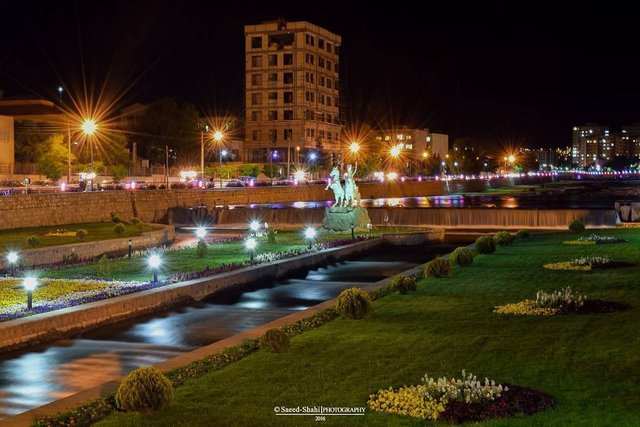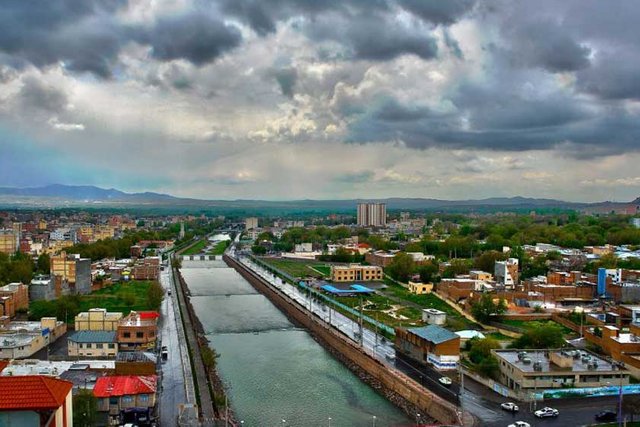Maraghe Paradise of Iran
Maragheh is on the bank of the river Sufi Chay. The population consists mostly of Iranian Azerbaijanis who speak the Azerbaijani language. It is 130 kilometres (81 mi) from Tabriz, the largest city in Iranian Azerbaijan.
Maragheh is an ancient city encompassed by a high wall ruined in many places, and has four gates. Two stone bridges in good condition are said to have been constructed during the reign of Hulaku Khan (1217-1265), who made Maragheh the capital of the Ilkhanate. Shortly thereafter it became the seat of the Church of the East Patriarch Mar Yaballaha III.
One of the famous burial towers, the Gonbad-e-Kabud (Blue Tower, 1197), is decorated with decorative patterns resembling Penrose tiles.
The 14th century book Al-Vaghfiya Al-Rashidiya (Rashid’s Deeds of Endowment) describes many of the estates in the town, and several of the quanat of the time.[4]
Its marble, which is known throughout Iran as Maragha marble, is a travertine obtained at the village of Dashkasan near Azarshahrabout 50 km north-west from Maragheh. It is deposited from water, which bubbles up from a number of springs in the form of horizontal layers, which at first are thin crusts and can easily be broken, but gradually solidify and harden into blocks with a thickness of about 20 cm. It is a singularly beautiful substance, being of pink, greenish, or milk-white color, streaked with reddish copper-colored veins. It is exported and sold worldwide under such names as Azarshar Red or Yellow
